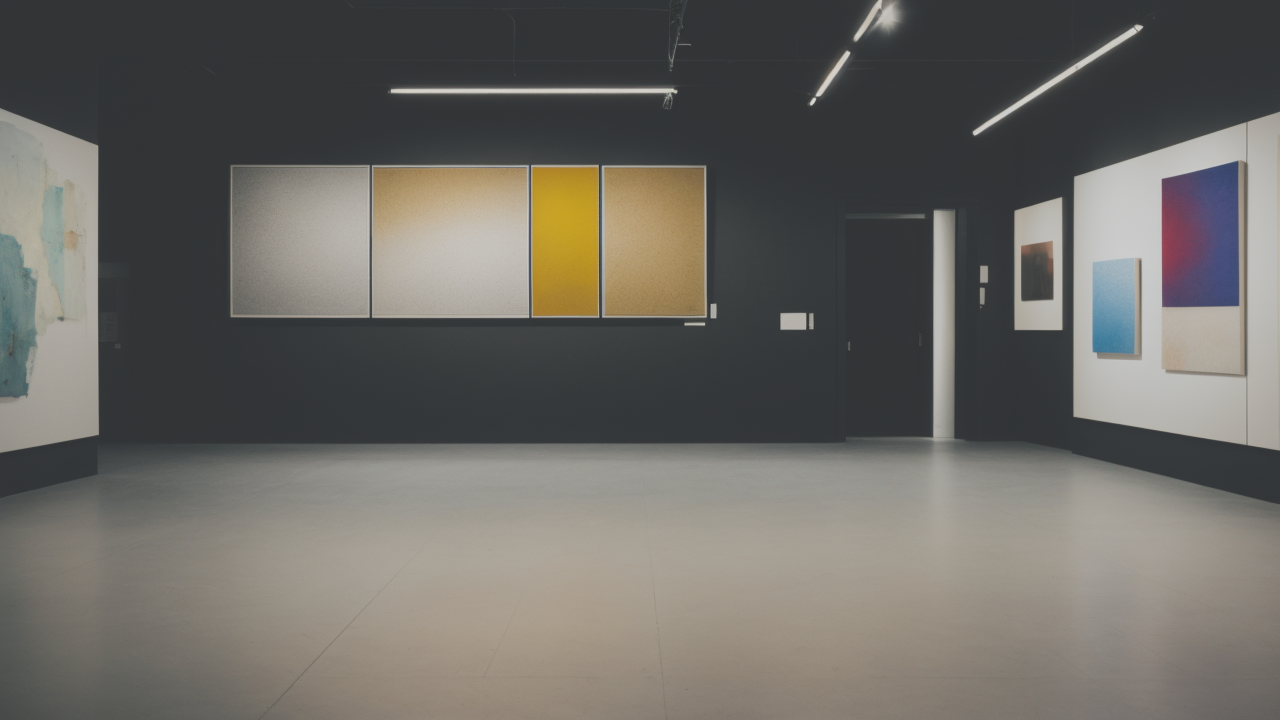
Texture Meets Minimalism: Advanced Techniques for Creating Captivating Drawings
The Rise of Minimalism in Artistic Expression
The Historical Context of Minimalism
Minimalism emerged in the 1960s as a response to the emotional intensity of Abstract Expressionism. It aimed to create art with simple forms and limited colors. Artists focused on the basic elements of shape, line, and color. They wanted to remove personal expression from their work.

The movement drew inspiration from earlier art styles like De Stijl and Constructivism. It also had roots in Zen philosophy. Minimalism challenged traditional ideas about art. It asked viewers to focus on the physical qualities of the artwork itself. This new approach changed how people thought about and experienced art.
Key Minimalist Artists and Their Legacy
Several artists played crucial roles in shaping minimalism:
- Donald Judd: Known for his box-like sculptures
- Dan Flavin: Famous for his light installations
- Agnes Martin: Recognized for her subtle grid paintings
- Frank Stella: Celebrated for his shaped canvases
These artists left a lasting impact on the art world. They showed that art could be simple yet powerful. Their ideas continue to influence artists today. They pushed the boundaries of what could be considered art. Their work changed how we think about space, form, and materials in art.
Minimalism as a Movement: Impact on Modern Art
Minimalism had a big impact on modern art. It shifted focus from emotional expression to ideas and concepts. The movement emphasized the importance of space and materials. It changed how artists thought about creating art. Minimalism influenced many other art forms too.
Its ideas spread to music, literature, and design. In architecture, it led to simple, clean designs. In product design, it promoted user-friendly objects. The movement's principles continue to shape how we see and create art today. Its influence can be seen in many aspects of contemporary culture.
Minimalist Art in the United States: Local Perspectives
The American Take on Minimalism
American artists brought their own style to minimalism. They often used industrial materials in their work. This reflected America's strong manufacturing industry. American minimalist art tended to be bigger and bolder than European versions. It often played with scale and space in new ways.

Artists like Richard Serra created large-scale works. These pieces changed how people interacted with art. The American approach focused on the viewer's physical experience. This led to new forms of art, like installation art. American minimalism had a strong influence on public art and architecture.
How Minimalism Influences Modern American Artists
Minimalism continues to inspire American artists today. Many artists use its ideas in new and creative ways. They explore simple shapes and forms in their work. Some combine minimalist styles with social or political messages. This shows how versatile minimalist ideas can be.
Digital artists use minimalist principles in web and app design. Sculptors create large public works inspired by minimalism. Painters explore color in ways that minimalist artists pioneered. The movement's influence can be seen in many types of art across the country. It has become a key part of American visual culture.
The Social and Cultural Impact in the US Context
Minimalism has had a big impact on American culture. It influenced architecture, leading to simple, open buildings. In home design, it promoted clean, uncluttered spaces. This style fits well with modern ideas of efficiency and simplicity. It has changed how many Americans think about their living spaces.
The movement also affected how Americans think about possessions. It inspired a trend towards simpler living. Many people now value experiences over things. This shift reflects minimalism's focus on what's essential. The style has become a symbol of modern, sophisticated living in the US. It has influenced fashion, product design, and even lifestyle choices.
The Future of Minimalist Art and Its Expanding Influence
The Role of Minimalism in Digital and Interactive Media
Minimalism has found new life in the digital world. Web designers use its ideas to create easy-to-use websites. App developers focus on simplicity and function. These practices echo minimalism's focus on essential elements. They show how minimalist ideas can improve user experience.

In digital art, minimalism inspires works with simple shapes and colors. Interactive art often uses minimalist styles. These works create powerful experiences with few elements. Virtual reality artists use minimalist ideas to create focused, impactful spaces. This shows how minimalism can adapt to new technologies.
Minimalism in the Era of Sustainability and Consumerism
Minimalism fits well with growing concerns about the environment. It promotes the idea of 'less is more' in a world of overconsumption. Artists use minimalist approaches to comment on environmental issues. They create works that show the beauty of simplicity and the problems of excess.
In the consumer world, minimalism has inspired a move towards sustainable products. Companies design simple, multi-use items. This trend shows how art movements can shape broader cultural attitudes. It reflects minimalism's influence on both style and lifestyle choices. The movement has become part of discussions about sustainable living.
Prospects: Minimalism as a Continuing Trend in Art
Minimalism's influence shows no signs of stopping. It continues to change and adapt to new contexts. Young artists are finding new ways to use minimalist ideas. They mix them with other styles to create new forms of art. This keeps the movement fresh and relevant.
The movement's focus on viewer experience remains important in interactive art. Its emphasis on simplicity is valuable in our complex, information-heavy world. As long as people want clarity and essence in art, minimalism will likely remain important. It continues to offer a powerful way to communicate ideas in a clear, direct manner.


